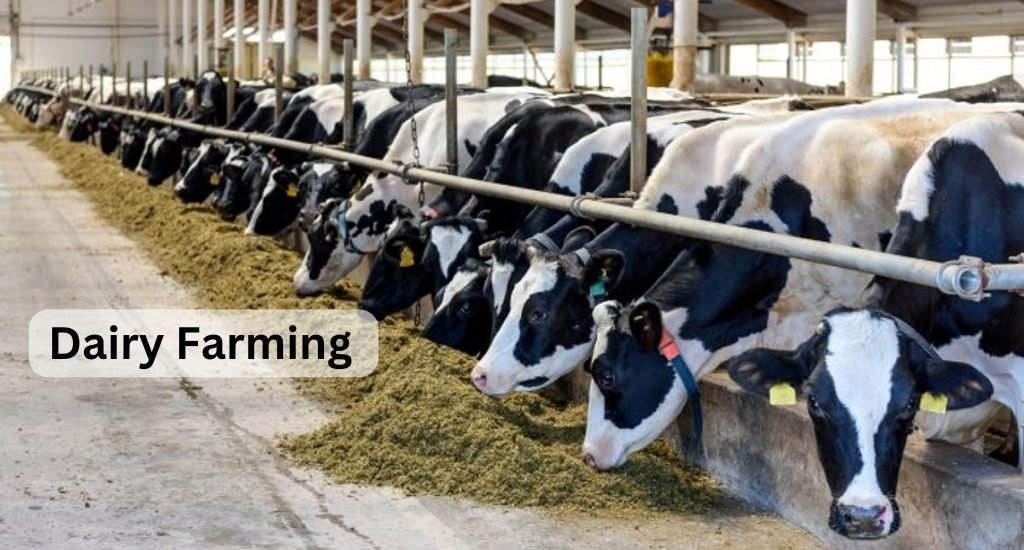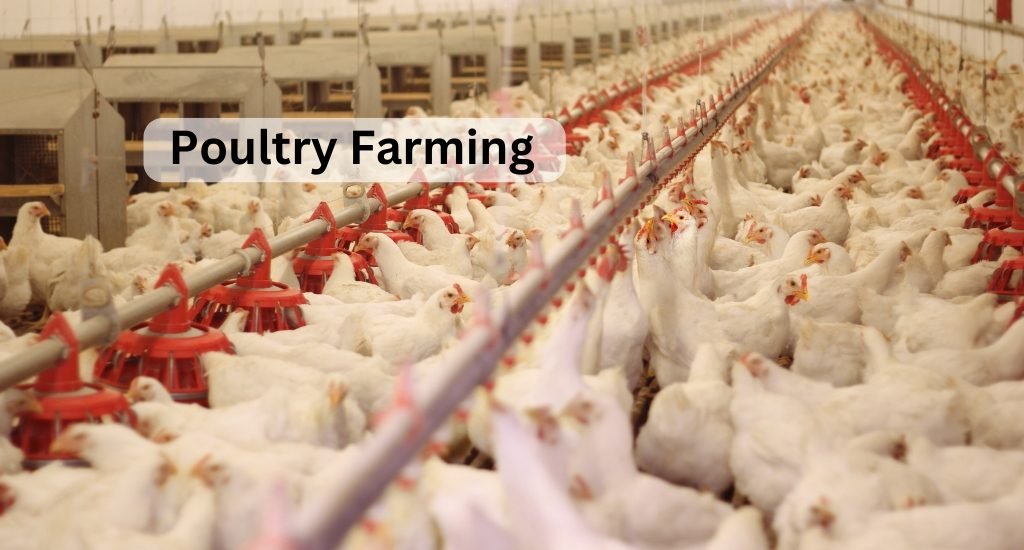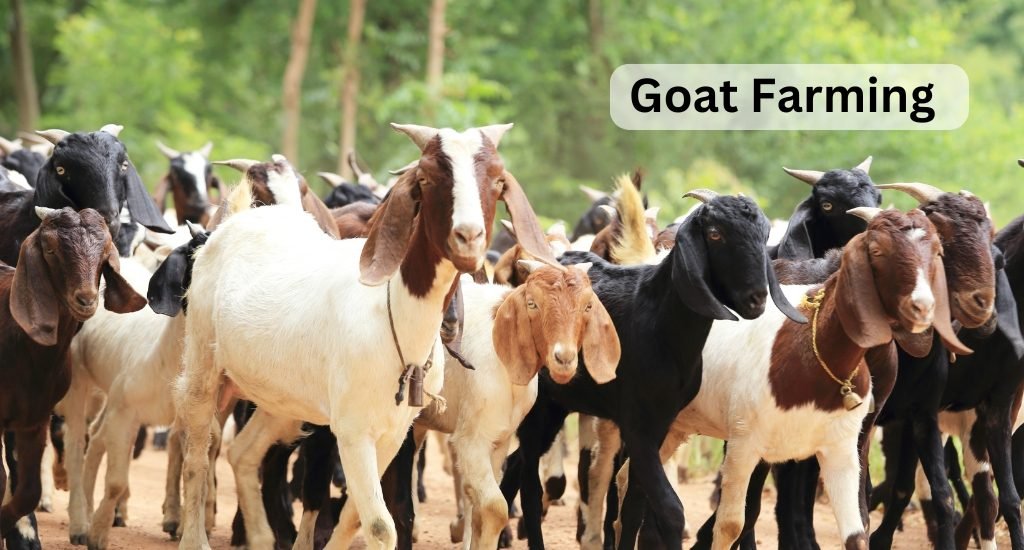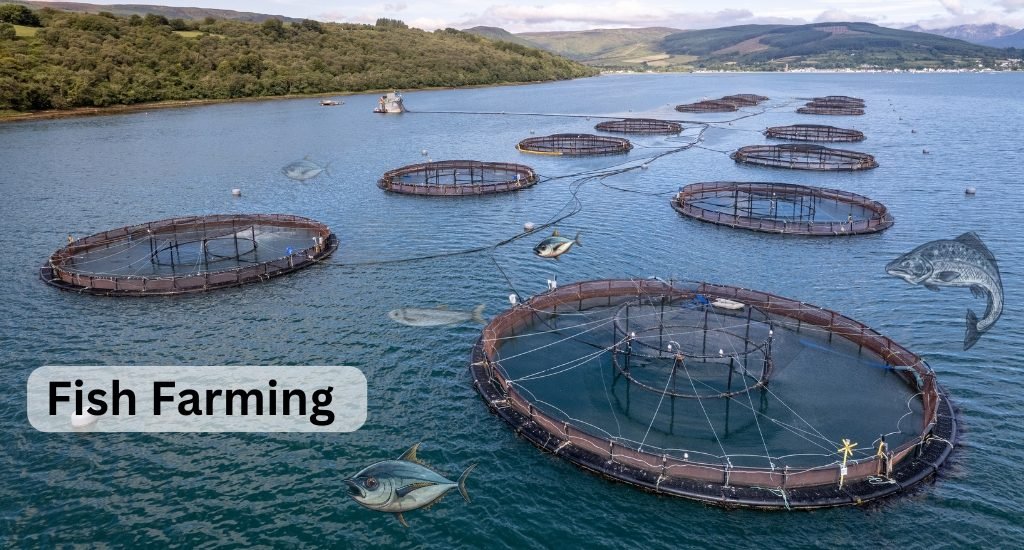Animal Husbandary
What Is Animal Husbandry?
Animal husbandry means raising and caring for farm animals like cows, goats, poultry, and fish to get food, milk, eggs, and other useful products. It helps farmers earn income and supports food security in rural areas across India.
Key Practices in Animal Husbandry
The main practices include breeding healthy animals for better yield, feeding them balanced nutrition for growth, and management through clean housing, disease control, and proper care. These steps keep animals healthy, increase production, and make farming more profitable.
Benefits of Animal Husbandry
Animal husbandry plays a key role in improving farmers’ lives and strengthening rural economies. It not only provides food and income but also supports the environment and community development. Here are the main benefits explained simply:
Economic Benefits
It gives farmers regular income from milk, eggs, meat, and wool.
By-products like manure, leather, and hides add extra value.
Helps small and marginal farmers earn even from limited land or resources.
Boosts rural employment through dairy, poultry, and livestock-based industries.
Food Security
Supplies essential food like milk, meat, and eggs rich in protein and nutrients.
Reduces dependency on crops alone and ensures steady food availability year-round.
Supports balanced diets for rural and urban families.
Environmental Benefits
Animal waste can be used as organic manure, improving soil fertility naturally.
Livestock helps in recycling farm waste and maintaining ecological balance.
Promotes sustainable mixed farming systems with lower chemical use.
Social Benefits
Empowers rural families, especially women, by creating home-based income options.
Encourages cooperative farming and community development.
Strengthens traditional farming culture while promoting modern livelihood opportunities.
Overall, animal husbandry supports income growth, nutrition, and sustainability, making it one of the strongest pillars of Indian agriculture today.
Cost of Production in Animal Husbandry
Understanding the cost of production is important for every livestock and fish farmer. It helps calculate the total money spent and the income earned from dairy, poultry, goat, or fishery units. By keeping a record of all expenses, farmers can plan better, manage resources efficiently, and increase their profits.
Each animal husbandry activity – whether it’s producing milk, eggs, meat, or fish – has its own unique cost structure. These costs depend on housing, feeding, healthcare, equipment, and labour requirements. Knowing these costs helps farmers evaluate performance and improve production over time.
- Cost of sheds, milking equipment, and cooling storage units.
- Regular feed expenses including green fodder, concentrates, and supplements.
- Veterinary care, vaccination, and breeding services.
- Labour cost for milking, feeding, and cleaning.
- Depreciation of buildings and equipment over time.
Goat farming involves the raising and breeding of domestic goats (Capra aegagrus hircus) as a branch of animal husbandry. People farm goats principally for their meat, milk, fibre and skins. Goat farming can be very suited to production alongside other livestock (such as sheep and cattle) on low-quality grazing land. Goats efficiently convert sub-quality grazing matter that is less desirable for other livestock into quality lean meat. Furthermore, goats can be farmed with a relatively small area of pasture and with limited resources.
Fishery can mean either the enterprise of raising or harvesting fish and other aquatic life[1] or, more commonly, the site where such enterprise takes place (a.k.a., fishing grounds).[2] Commercial fisheries include wild fisheries and fish farms, both in freshwater waterbodies (about 10% of all catch) and the oceans (about 90%). About 500 million people worldwide are economically dependent on fisheries. 171 million tonnes of fish were produced in 2016, but overfishing is an increasing problem, causing declines in some populations.
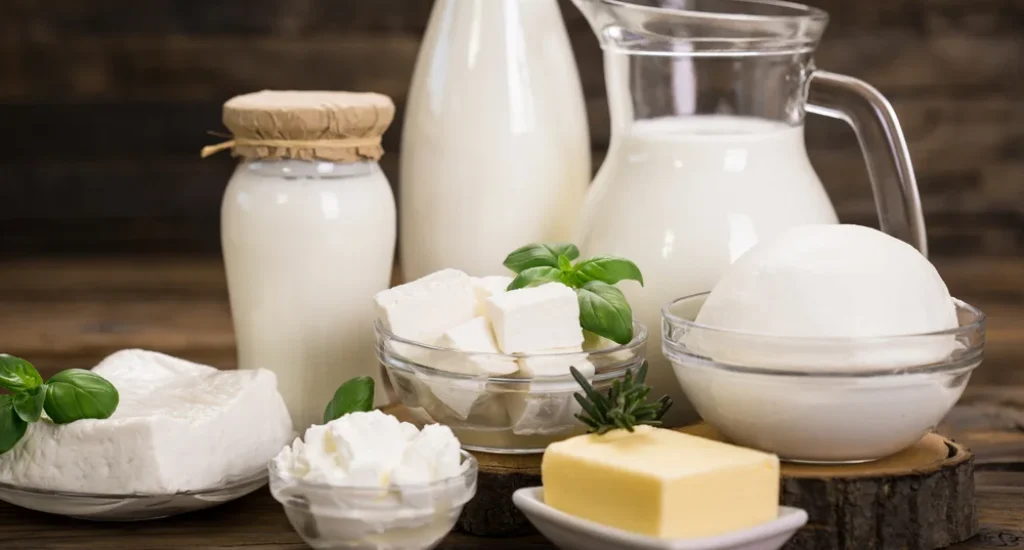
Other
Lorem ipsum dolor sit amet, consectetur adipiscing elit, sed do eiusmod tempor incididunt ut labore et dolore magna aliqua. Ut enim ad minim veniam, quis nostrud exercitation ullamco laboris nisi ut aliquip ex ea commodo consequat. Duis aute irure dolor in reprehenderit in voluptate velit esse cillum dolore eu fugiat nulla pariatur. Excepteur sint occaecat cupidatat non proident, sunt in culpa qui officia deserunt mollit anim id est laborum.
Frequently Asked Questions
What is animal husbandry and why is it important?
Animal husbandry refers to the management and care of farm animals such as cows, buffaloes, goats, sheep, and poultry. It is important for producing milk, meat, eggs, wool, and manure, and also supports farmers’ income diversification and food security.
Which animals are best suited for small-scale dairy farming?
Cows (like Gir, Sahiwal) and buffaloes (like Murrah, Mehsana) are ideal for small dairy farms due to their good milk yield and adaptability. Choose healthy, vaccinated animals and ensure proper shelter, feeding, and hygiene for maximum productivity.
How can I start goat farming for profit?
Goat farming requires minimal investment and space. Popular breeds like Boer, Jamunapari, and Black Bengal are raised for meat and milk. Start with 10–20 goats, provide proper feed, shelter, and regular health checkups. Market demand is high, especially during festivals.
What is the ideal diet for dairy cattle?
A balanced diet includes:
Green fodder (e.g., maize, napier)
Dry fodder (straw, hay)
Concentrates (grain, oilcake)
Minerals and clean water
Feeding should match the animal’s age, weight, and production level. Mineral mixture is crucial for milk production and animal health.
How can I prevent diseases in livestock?
Vaccinate animals as per schedule
Maintain cleanliness in sheds
Provide clean water and balanced nutrition
Isolate sick animals
Regular veterinary checkups
Common preventable diseases include FMD, HS, Brucellosis, and mastitis.
Are there government schemes for animal husbandry?
Yes, several schemes are available:
Rashtriya Gokul Mission for indigenous breeds
NABARD loans for dairy and poultry units
Livestock Insurance Scheme
National Livestock Mission for sheep, goat, and poultry farming
Check with your state’s animal husbandry department for applications and subsidies.
What are the benefits of poultry farming?
Poultry farming (chickens, ducks, quails) offers quick returns and steady income. It requires less land and capital. Layers are used for egg production and broilers for meat. Proper housing, vaccination, and balanced feed are key to success.
